Belgium preserves numerous historical sites and natural areas that remain outside the usual tourist circuits. The country contains medieval fortifications, castles from various periods, and protected areas that provide insight into its military and cultural past. The Hallerbos forest transforms into a blue carpet of Atlantic bluebells each spring. Fort Eben-Emael, once considered impregnable, documents 20th-century military architecture. The prehistoric flint mines of Spiennes, a UNESCO World Heritage site, testify to 6,000 years of mining history. These locations combine natural heritage with historical evidence and offer visitors the opportunity to discover lesser-known aspects of Belgium.
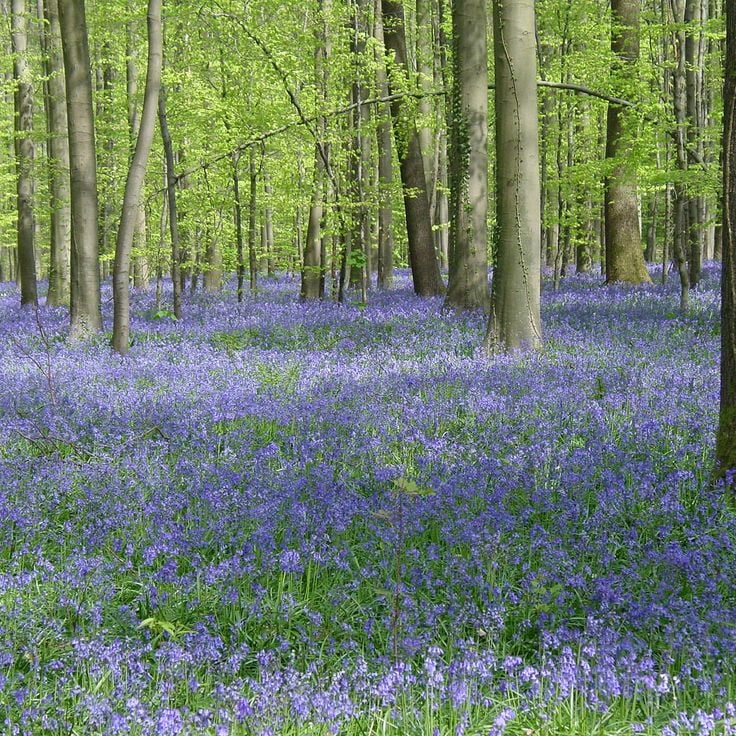
Halle, Belgium
This forest covers 552 hectares southwest of Brussels. From mid-April to early May, millions of blooming Atlantic bluebells transform the forest floor into a purple carpet. The trees consist mainly of beech and oak. Several marked walking trails cross the area, allowing visitors to observe the annual flowering. The forest belongs to the Natura 2000 network and is managed by the Flemish forestry administration.
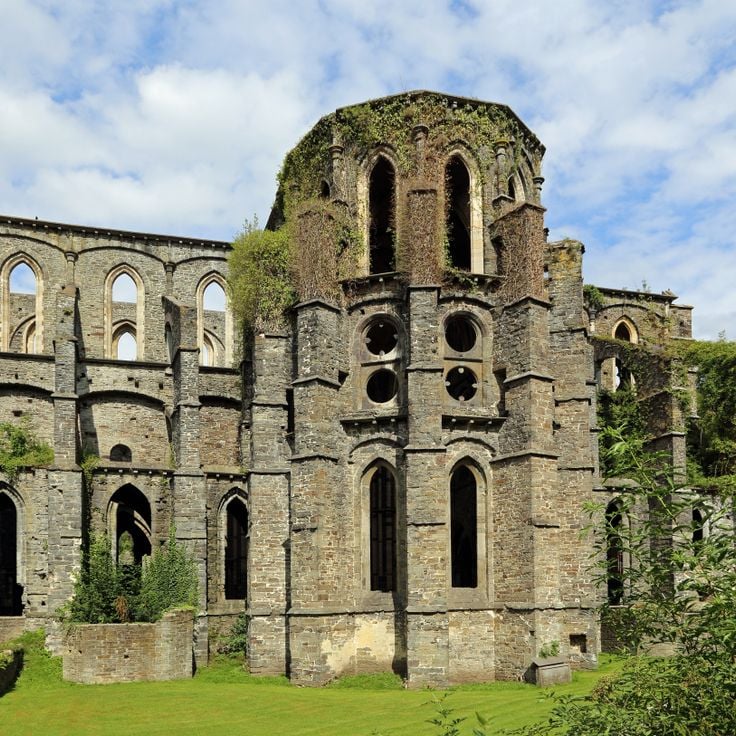
Villers-la-Ville, Belgium
This abbey in Villers-la-Ville was founded in the 12th century by Cistercian monks and grew into one of the largest monastic complexes in Europe. The ruins spread across 36 hectares and display Gothic architecture with preserved arches, columns and walls made of grey stone. Visitors can walk through the remains of the church, cloister, brewery and farm buildings. The site sits in a wooded valley and is surrounded by maintained gardens. Cultural events and concerts take place regularly among the historical walls.
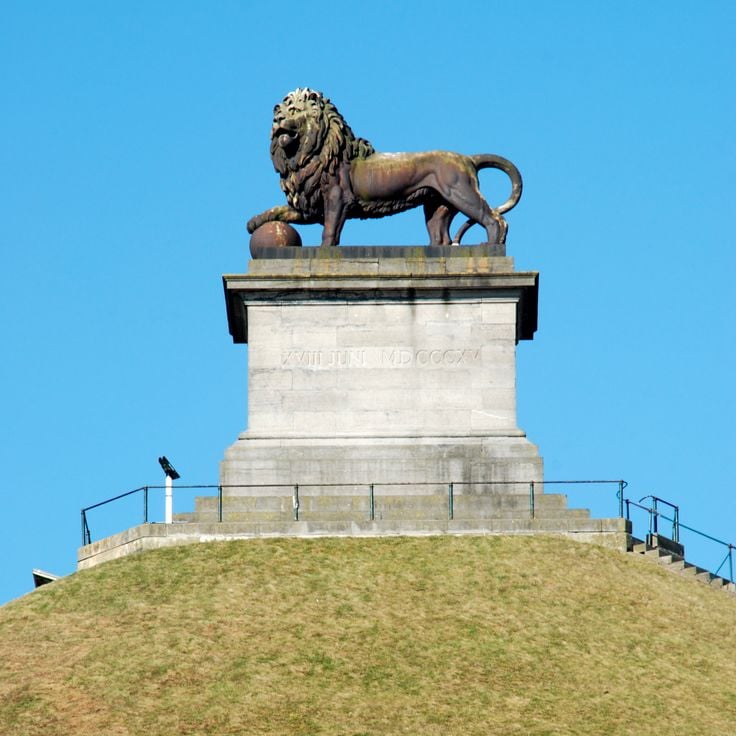
Waterloo, Belgium
This historical battlefield extends over 170 hectares south of Brussels. On June 18, 1815, Napoleon's military career ended here following a bloody confrontation against allied forces led by Wellington and Blücher. The site preserves the Lion's Mound, a 43-meter monument, along with the Panorama building housing a 110-meter circular painting of the battle. The museum displays weapons, uniforms, and personal belongings of soldiers. Several farmhouses that served as strongholds during the fighting remain standing today.
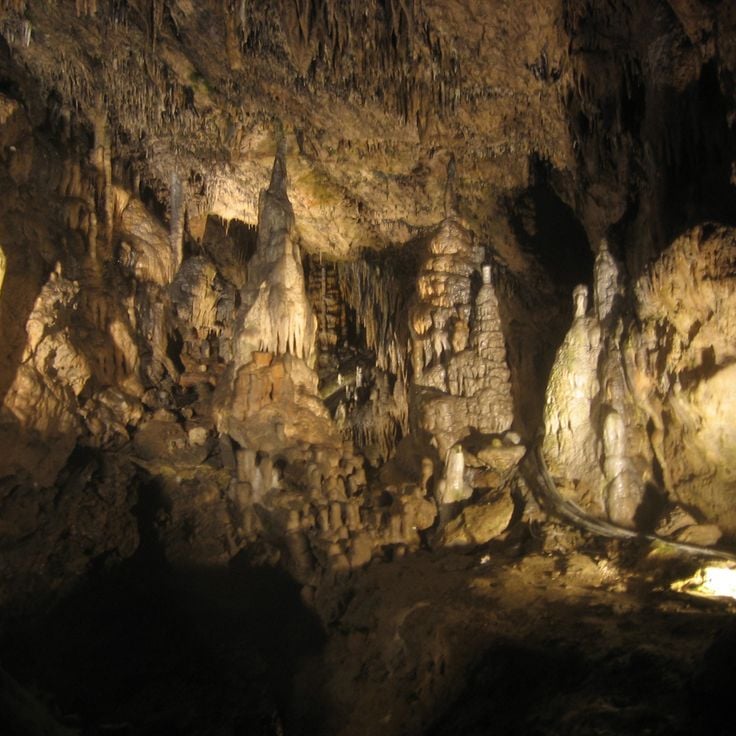
Han-sur-Lesse, Belgium
These caves in Han-sur-Lesse extend over two kilometers of underground passages and chambers formed by thousands of years of water erosion. The Lesse River disappears at the surface and flows through the cave system before re-emerging into daylight. Visitors can discover stalactites, stalagmites and underground lakes formed within the limestone rock. The largest chamber, known as the Salle du Dôme, reaches a height of over one hundred meters.
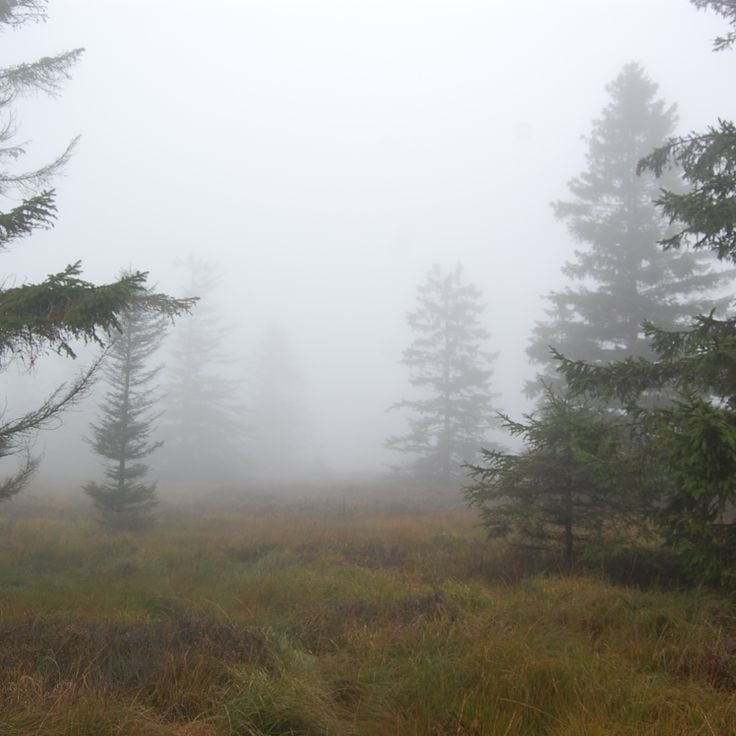
Eupen, Belgium
This nature reserve covers 4500 hectares of peatlands, water surfaces and forests in the Ardennes. The peat bogs formed several thousand years ago through the accumulation of peat layers. The area includes multiple ecosystems with moorlands, coniferous and deciduous forests, and numerous water bodies. Marked hiking trails lead through different vegetation zones featuring characteristic bog vegetation such as peat mosses, cotton grasses and heather plants. The plateau ranges between 560 and 694 meters above sea level and belongs to the wettest regions of Belgium.
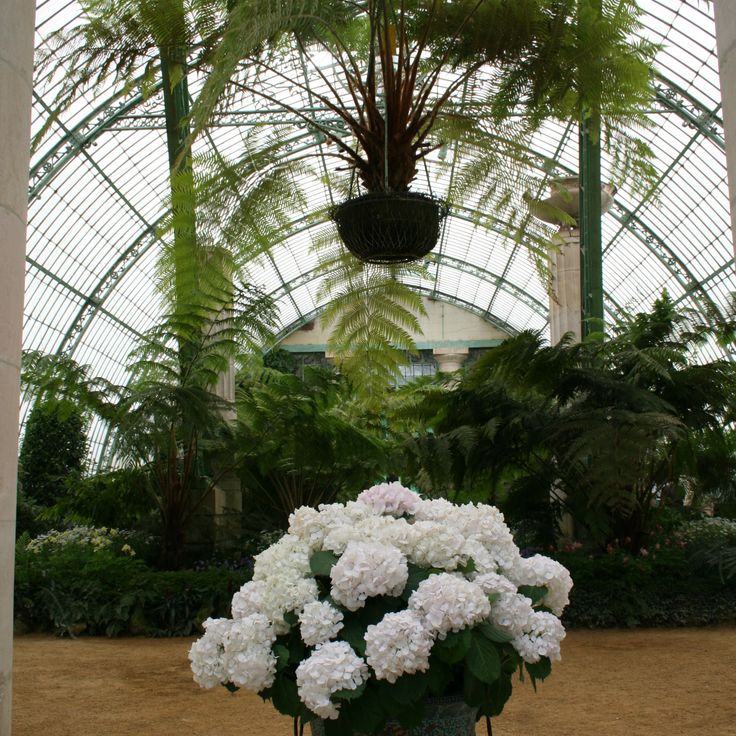
Brussels, Belgium
These royal greenhouses in Brussels span 2.5 hectares and consist of interconnected glass and metal pavilions from the late 19th century. The complex houses rare tropical and subtropical plant collections arranged in different thematic sections. The site opens to the public for only three weeks each year during spring flowering season, when thousands of geraniums, azaleas and fuchsias bloom. The winter garden was constructed between 1874 and 1895 under the direction of Alphonse Balat in Art Nouveau style.
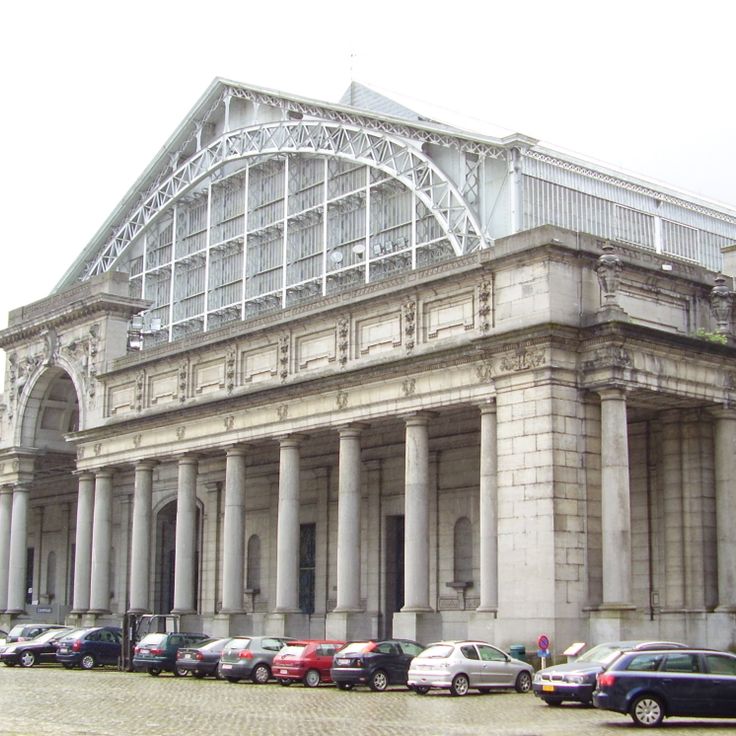
Brussels, Belgium
This Brussels museum displays a collection of 250 automobiles documenting the evolution of the automotive industry from the late 19th century to the present day. The exhibition includes vehicles from Belgian manufacturers such as Minerva and FN, alongside international brands. Visitors can trace technical advances in engine technology, design, and safety features. The museum is located in Cinquantenaire Park and uses the historical halls from the 1897 World's Fair as exhibition space.
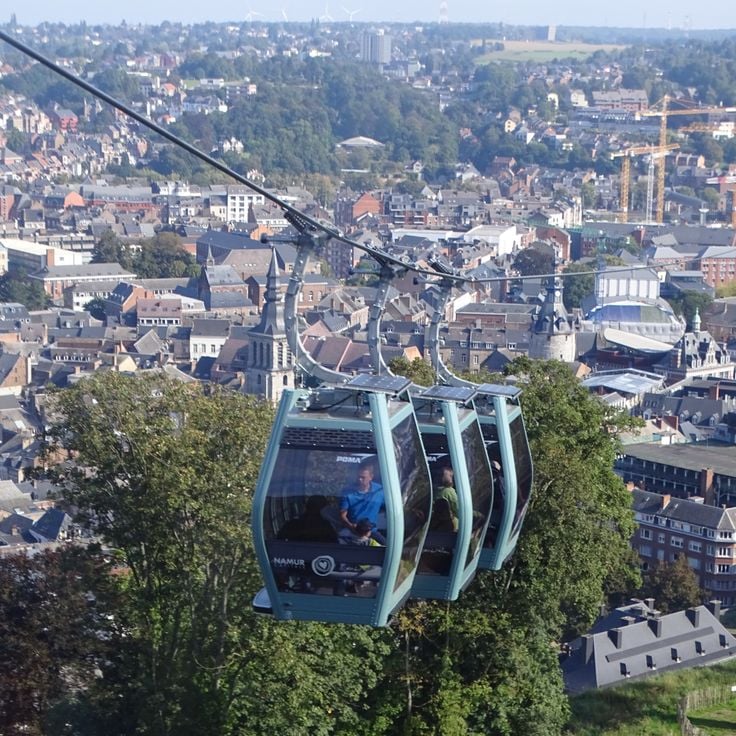
Namur, Belgium
The Citadel of Namur stands on a rocky promontory at the confluence of the Meuse and Sambre rivers. The defense system covers 80 hectares and includes several fortification levels from different periods. Underground galleries run through the rock for over seven kilometers. These tunnels served troop movement and defense during military conflicts. The museum in the restored casemates documents the development of fortress architecture from the Middle Ages to the First World War. Visitors can explore gun positions, guard rooms and storage areas. The bastions provide views over the city and both rivers.
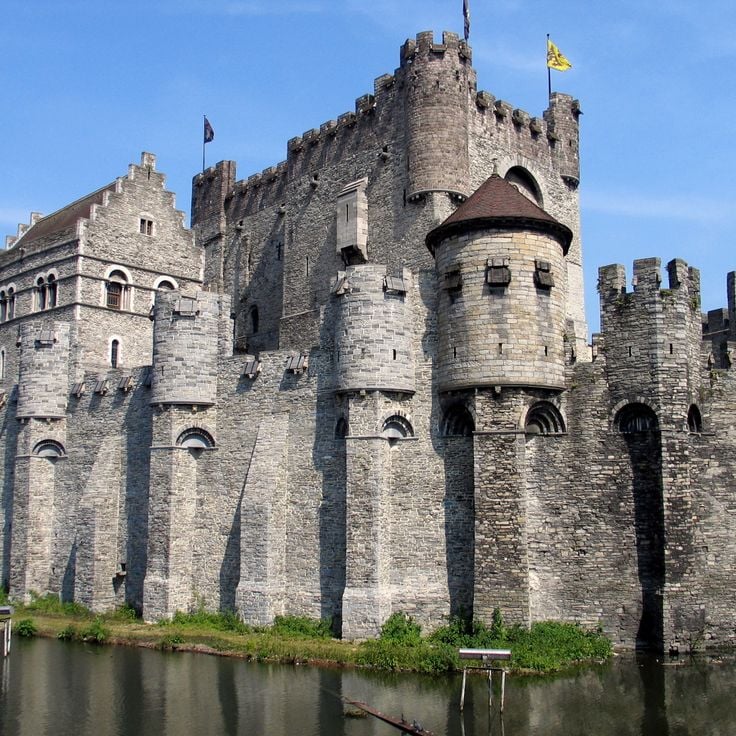
Ghent, Belgium
This castle in Ghent was built in the 12th century by Count Philip of Alsace and served as the residence of the Counts of Flanders. The fortress displays typical medieval military architecture with massive stone walls, a central keep and defensive towers. Inside, a museum documents the history of the castle through a collection of armor, swords, crossbows and torture instruments from different periods. The structure offers views of Ghent's old town from its upper floors.
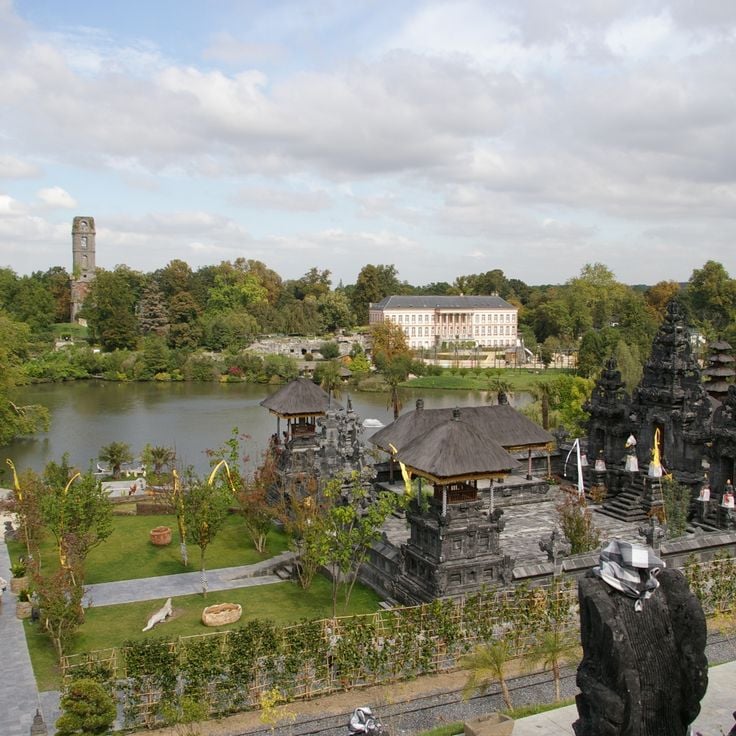
Brugelette, Belgium
This zoological garden covers 65 hectares in the province of Hainaut. The facility presents animal species from different continents in themed areas. The architecture includes buildings and pavilions inspired by Asian, African and European construction styles. Visitors can walk through different landscape zones representing various geographical regions.

Woluwe-Saint-Pierre, Belgium
A modernist mansion from 1911 featuring interior marble decoration, wall mosaics by Gustav Klimt and geometric architectural elements.
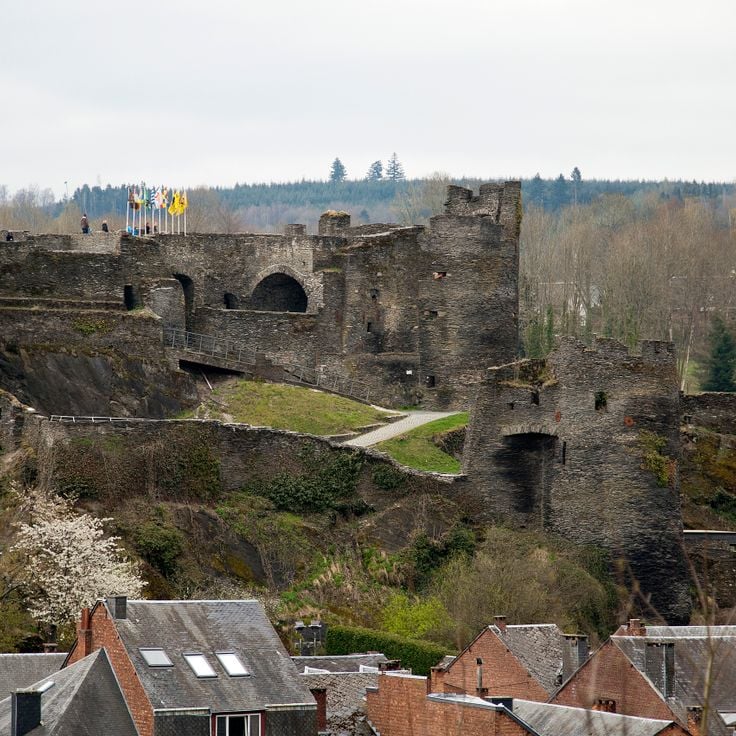
La Roche-en-Ardenne, Belgium
This castle stands on a rocky outcrop above the Ourthe River and was built in the 11th century as a military fortress. The site includes several round defensive towers, stone walls and an underground passage system used for surveillance and defense. The ruins demonstrate the strategic importance of this fortification in the Ardennes region. Visitors can explore the preserved structures and enjoy views over the valley.
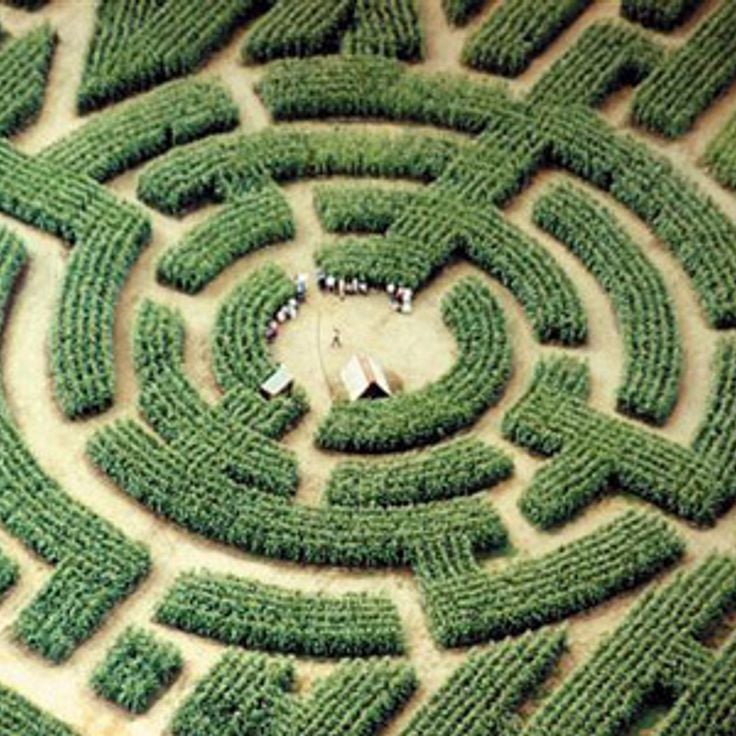
Barvaux-sur-Ourthe, Belgium
This corn maze in Barvaux-sur-Ourthe covers several hectares of agricultural land in the Ardennes region. Each year between July and October, a new theme is chosen and a different pattern is cut into the cornfields. Visitors follow 11 kilometers of winding paths between corn stalks that grow up to 4 meters high. The maze offers various routes of different difficulty levels for families and groups. The site includes an observation tower from which visitors can view the entire pattern, as well as picnic areas and a small farm with animals.

Dinant, Belgium
This fortress in Dinant was built in 1051 on limestone cliffs above the Meuse River. The site displays military collections from different periods, underground passages and defensive structures. From the ramparts, views extend over the Meuse valley and the town. The citadel documents the strategic importance of this location throughout centuries.
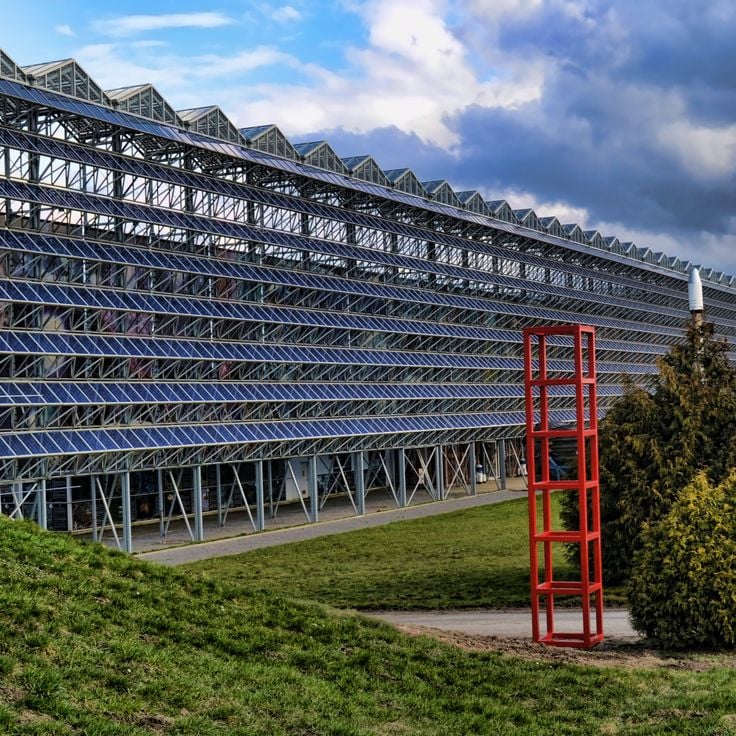
Transinne, Belgium
The Ruimtevaartcentrum Transinne is a space science centre located in the Belgian Ardennes. The facility displays full-scale rocket models, historical training equipment and authentic spacecraft replicas. Visitors can experience a zero-gravity wall that simulates weightlessness, as well as moon walking simulators that recreate the lunar environment. The centre presents technical equipment and explains the operation of space systems through interactive displays.

Limburg, Belgium
This national nature reserve in Limburg province covers 5,700 hectares of former coal mining sites. The area protects diverse ecosystems including pine and oak forests, heathlands, wetlands and sand drifts. Six entrance gates with visitor centers provide access to over 200 kilometers of walking and cycling trails. The landscape was shaped by centuries of coal mining and now demonstrates nature's recovery on these industrial lands.

Brabant, Belgium
This 4000-hectare forest stretches between Brussels and Waterloo and contains beech trees dating from the 18th century. The established paths allow observation of the protected plant and animal species living there. The Sonian Forest forms a significant natural area in the Belgian region of Brabant.
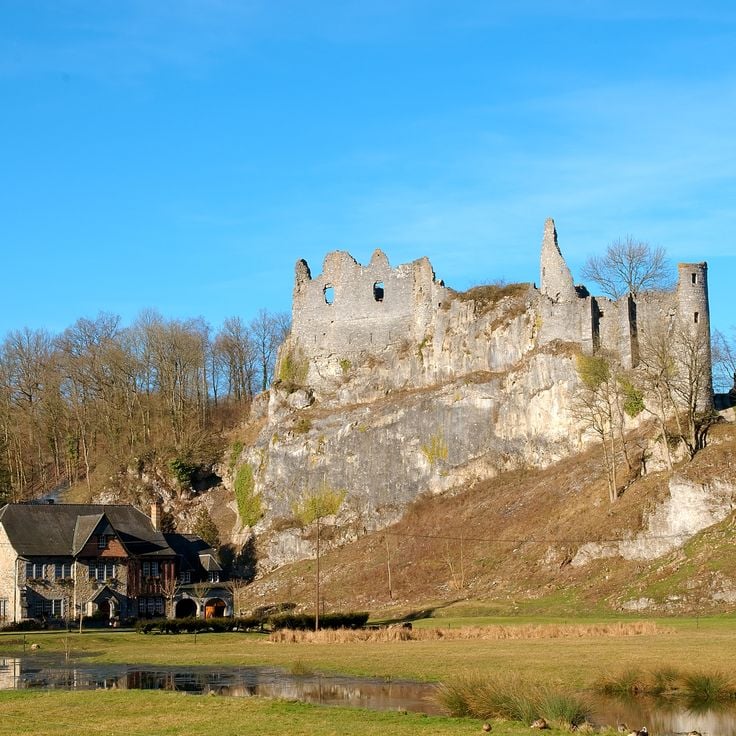
Namur, Belgium
These fortress ruins in Namur Province stand on a rocky outcrop above the Molignée Valley. The castle was built around 1300 and destroyed in 1554 during the wars between France and the Habsburgs. The remaining stone walls reveal the original defensive architecture with several round towers, ramparts, and a network of underground passages that once connected different parts of the fortress. Visitors can walk through the remains of the residential tower, the chapel, and the defensive walls.
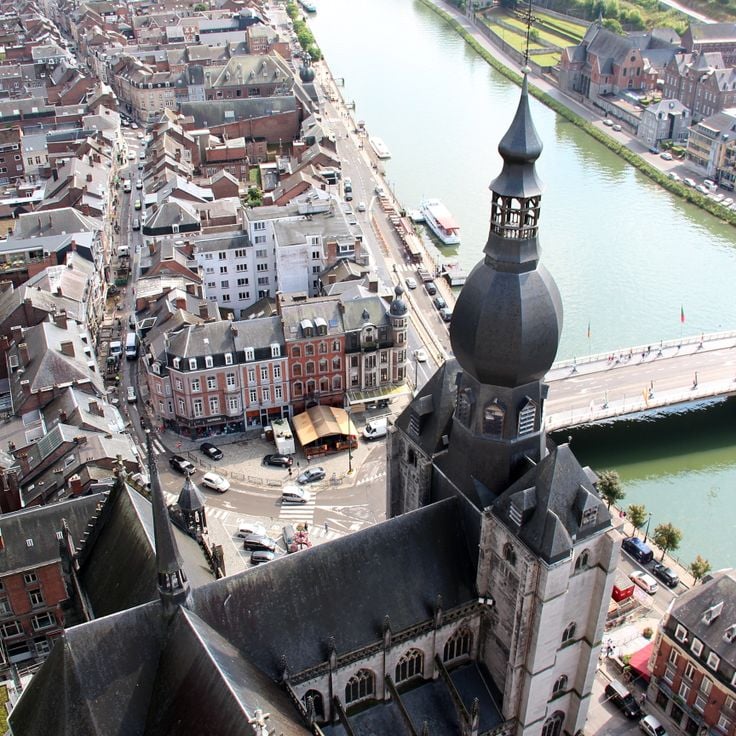
Dinant, Belgium
This collegiate church from the 13th century rises along the banks of the Meuse River in Dinant. The Gothic structure was rebuilt after a rockfall in 1228 and features a distinctive onion-shaped spire that has become a landmark of the city. The church contains stained glass windows depicting biblical scenes and houses a 19th-century organ. The interior presents a three-aisled nave with ribbed vaults and columns made of blue limestone. The choir dates from the 16th century and was designed in Renaissance style.
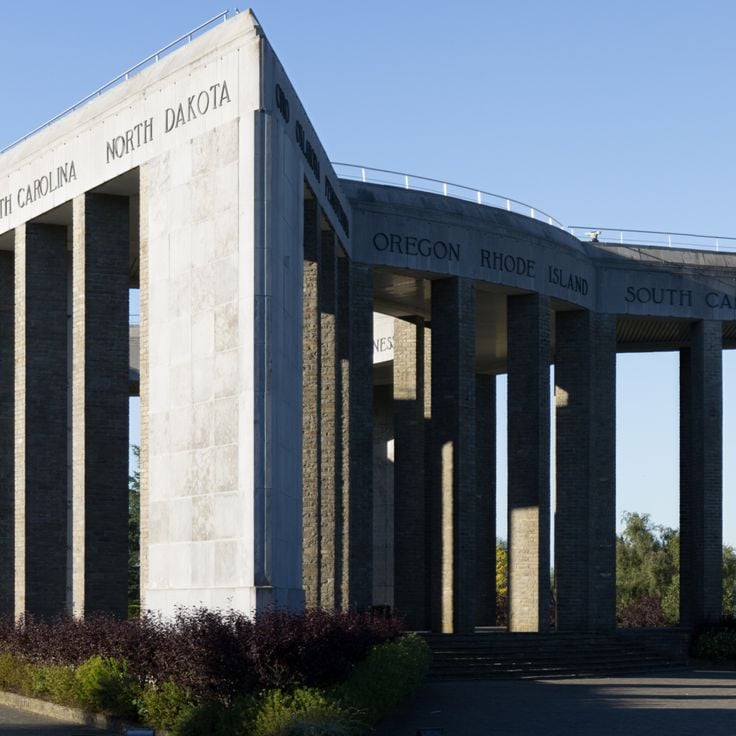
Bastogne, Belgium
This monument in Bastogne was built in 1950 to honor American soldiers who fought during the Battle of the Bulge in winter 1944. The star-shaped structure stands on a hill and displays the names of states and military units that participated in the fighting. The monument includes an observation platform and a crypt with three altars dedicated to different Christian denominations and the Jewish faith.
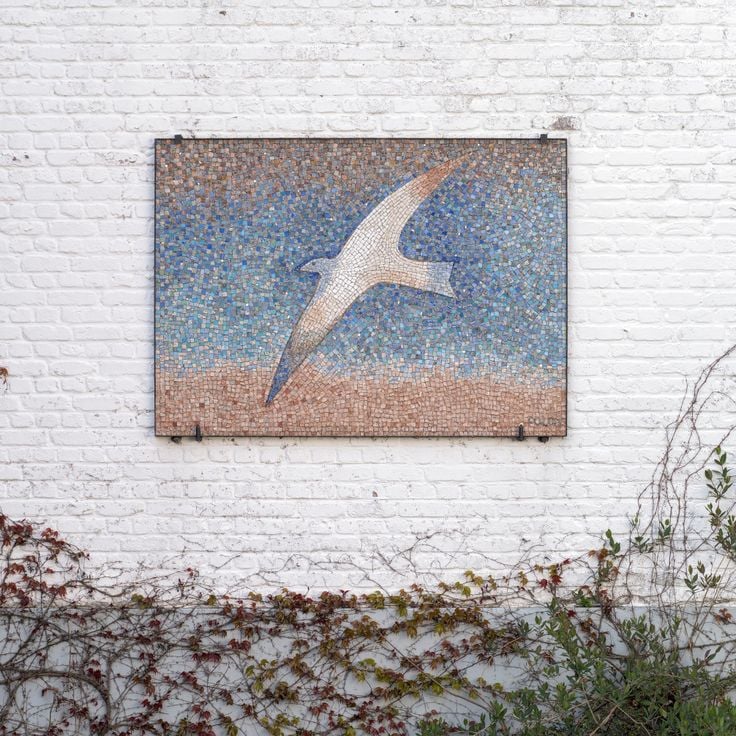
La Hulpe, Belgium
This foundation in La Hulpe celebrates the work of Belgian artist Jean-Michel Folon. The museum occupies a restored 18th-century farm building within the Solvay estate. The collection comprises over 500 works, including watercolors, drawings, etchings, screen prints, posters, illustrations, and sculptures. The exhibited pieces document Folon's artistic evolution between 1960 and 2005. The building combines historic architecture with contemporary exhibition spaces. The site is located within the park of Solvay Castle, which is open to visitors.
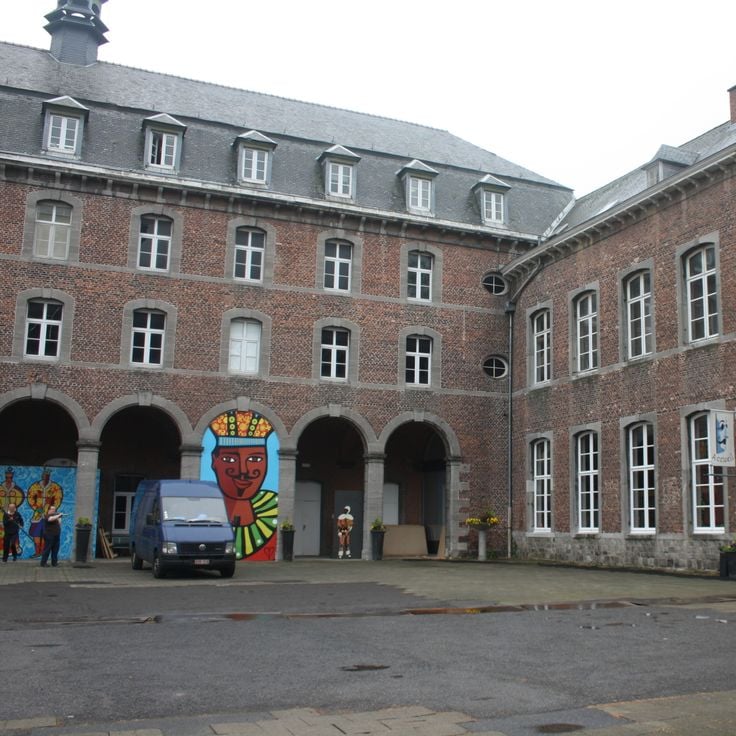
Binche, Belgium
The Carnival Museum in Binche presents an extensive collection of carnival costumes, masks and historical documents from various festival traditions worldwide. The focus is on the Binche Carnival, which has been recognized by UNESCO as intangible cultural heritage. The exhibition documents the development of local carnival customs since the 14th century and displays the characteristic Gilles costumes with their ostrich feathers and wax masks. Visitors can follow the artisanal production of traditional equipment and learn about the significance of various figures and rituals during the three-day festivities.
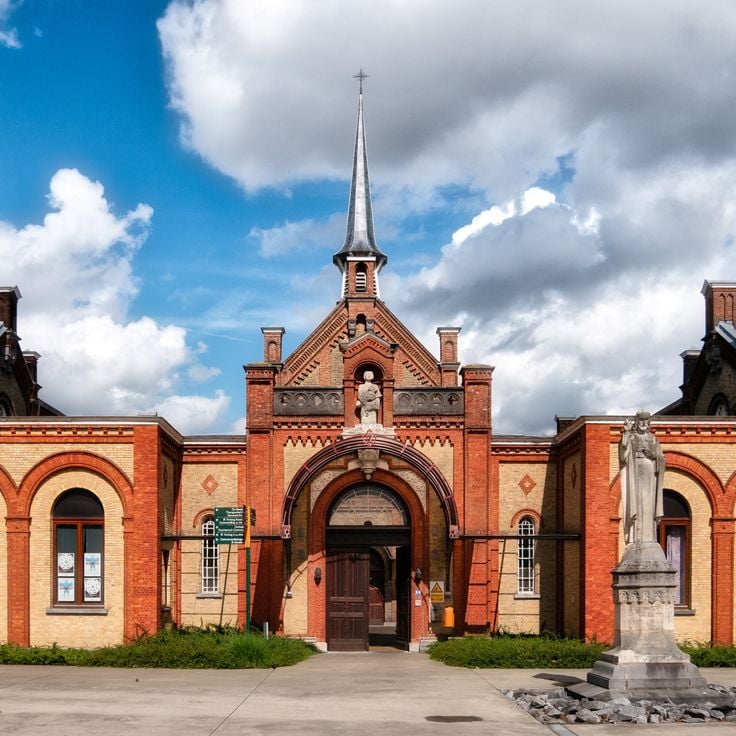
Ghent, Belgium
This museum in Ghent occupies a former psychiatric hospital building constructed in 1857. The collection includes medical instruments, treatment devices, and straitjackets from different periods of psychiatric history. Historical documents and photographs document the development of psychiatric care in Belgium. The museum also displays artworks created by patients during their stays in psychiatric facilities. The exhibition spaces are located in the restored buildings of the former clinic and provide insight into medical practice and life in psychiatric institutions from the 19th century to the present day.
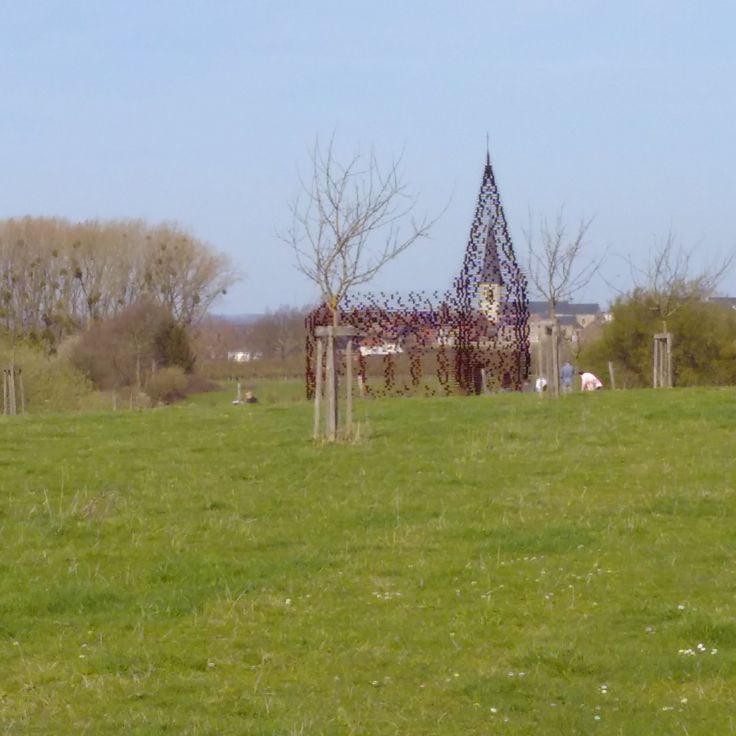
Borgloon, Belgium
This church in Borgloon was designed in 2011 by the architectural firm Gijs Van Vaerenbergh. The installation consists of 100 stacked steel plates separated by precise spacing. The construction reaches a height of 10 meters and recreates the silhouette of a traditional rural church. The horizontal gaps create a transparent effect that changes depending on the viewer's position. The structure stands in the rural landscape of Limburg and forms part of the Z-OUT art project. Visitors can walk through the open construction and perceive the surroundings through the steel layers.
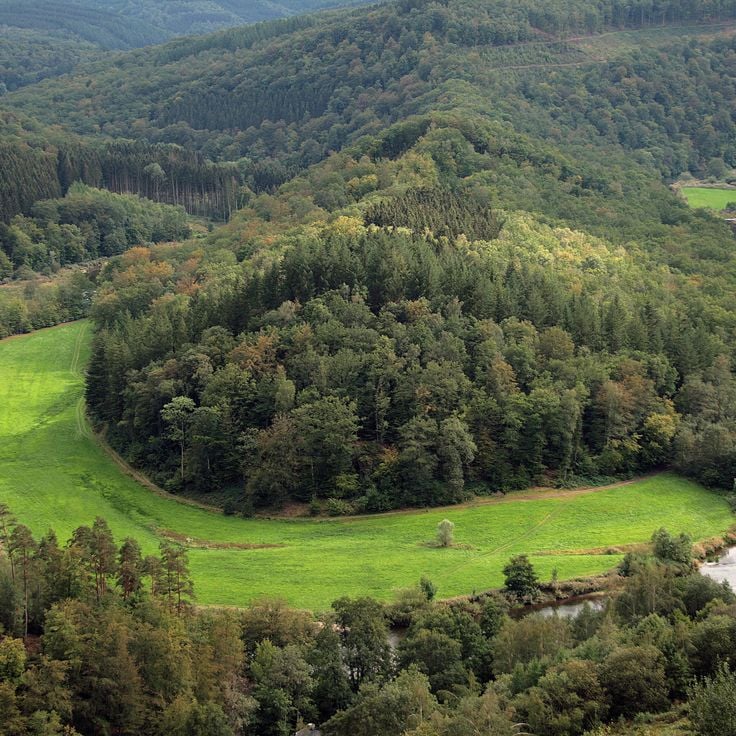
Botassart, Belgium
This natural rock formation rises 150 meters above the Semois valley and offers multiple observation platforms with views over the river bends. The Reuzengraf is located in the Belgian Ardennes and can be reached via marked hiking trails that pass through forested slopes. The formation was created by geological erosion processes and takes its name from the shape of the rock outcrop. Visitors can observe the meanders of the Semois from the platforms as it winds through the wooded valley.
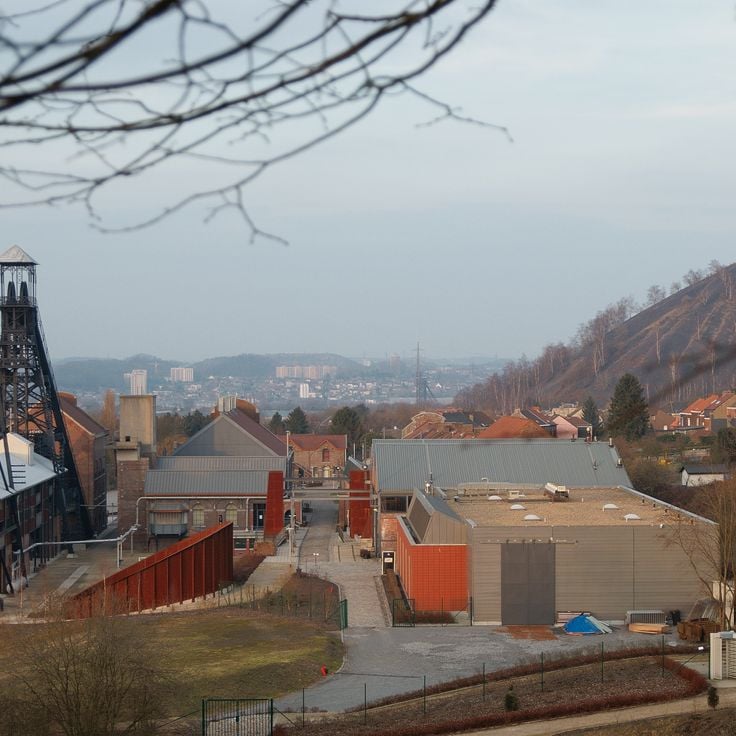
Marcinelle, Belgium
This former coal mine in Marcinelle preserves three original headframes from the region's industrial past. The site documents mining history through exhibitions about working conditions and technical developments in the coal industry. A memorial commemorates the disaster of August 8, 1956, when 262 miners from twelve countries lost their lives. The preserved buildings and machinery provide insight into industrial architecture and the social conditions of mine workers during the 20th century.

Auderghem, Belgium
Rood Klooster is a former Augustinian monastery from the 14th century located in the Sonian Forest. The historic buildings now serve as studios for artists and craftspeople. The grounds feature four ponds connected by walking paths through the woodland. The site combines religious heritage with contemporary art production in a forested setting.
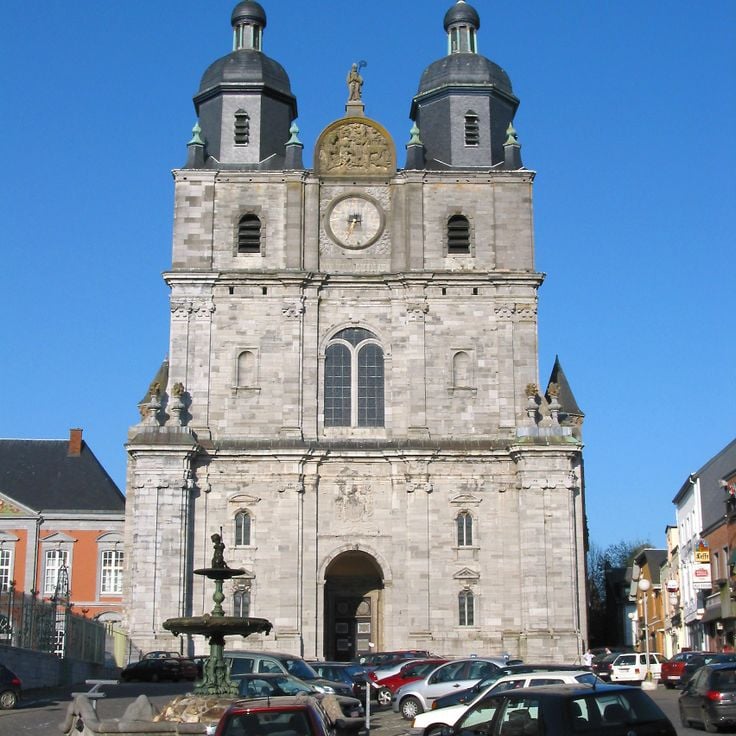
Saint-Hubert, Belgium
This Gothic basilica in Saint-Hubert was constructed between 1526 and 1564 and houses the tomb of Saint Hubertus, patron saint of hunters. The nave displays late Gothic vaulting with intricate ribbed structures. Interior furnishings include carved oak woodwork from the 16th century, among them the baroque choir stalls with detailed reliefs. Stained glass windows narrate religious stories and cast colored light throughout the space. The reliquary shrine of the saint is located in the choir and attracts pilgrims. The facade demonstrates typical features of Mosan Gothic architecture.
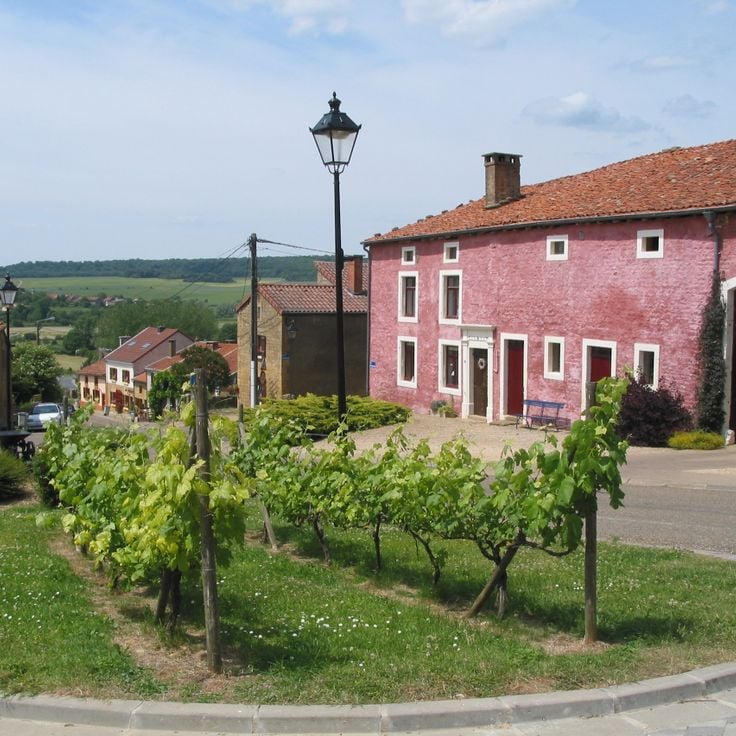
Luxembourg Province, Belgium
This southernmost village of Belgium is located in Luxembourg Province and displays architecture with stone houses and red tile roofs reminiscent of southern European regions. The south-facing limestone slopes enable wine production in this area. The limestone buildings characterize the appearance of Torgny, which differs from other Belgian villages through its geographical position and mild microclimate.
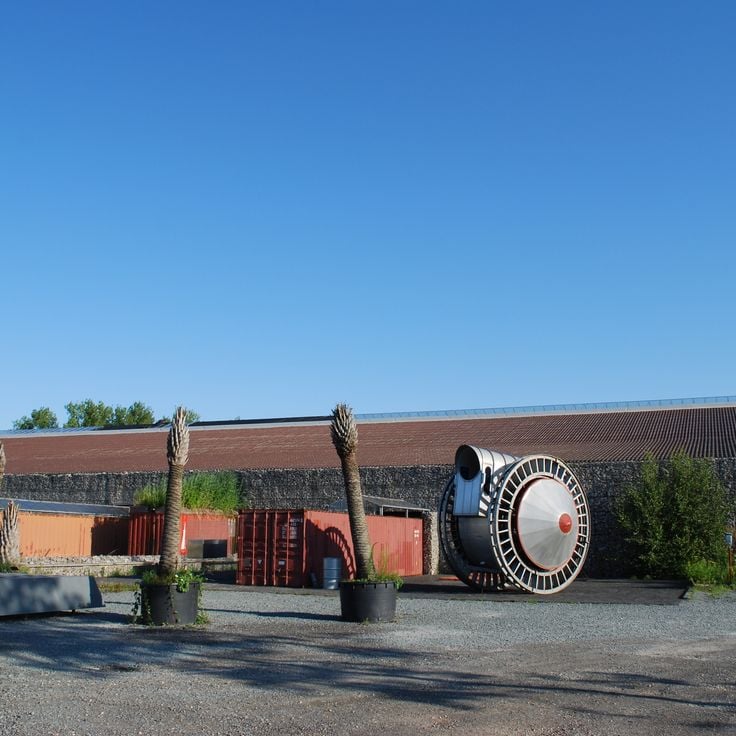
Kemzeke, Belgium
The Verbeke Foundation in Kemzeke spans 12 hectares and presents contemporary art in converted greenhouses, outdoor spaces and thematic exhibitions. The center displays sculptures, installations and a collection of historic caravans conceived as art objects. The Foundation combines exhibition areas with experimental projects and serves as a meeting place for artists and visitors. The grounds include several buildings, gardens and walking paths through the art landscape.
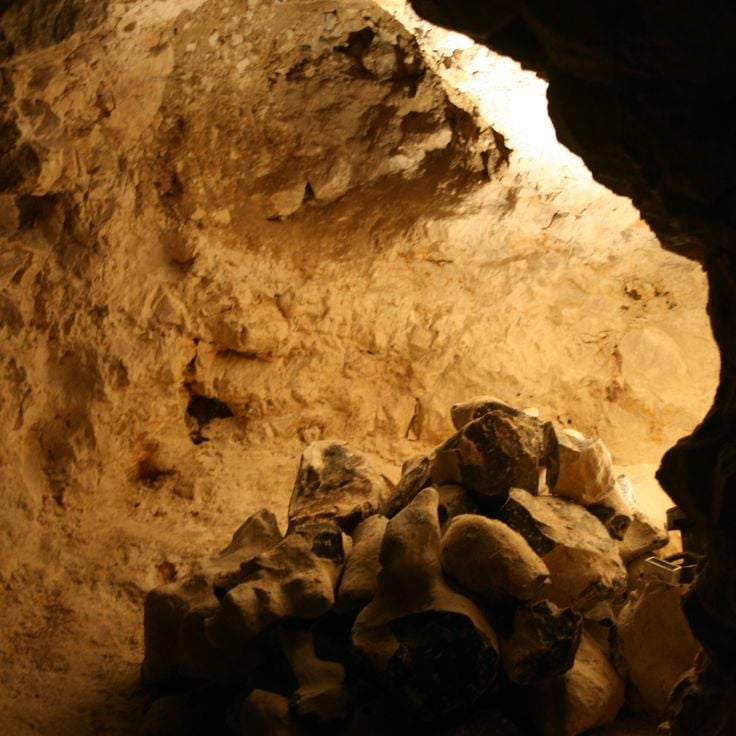
Spiennes, Belgium
These Neolithic flint mines in Spiennes cover 100 hectares and represent some of the oldest mining operations in Europe. Miners dug vertical shafts up to 16 meters deep from 4300 BCE onwards to extract high-quality flint. The extraction area includes several hundred shafts and underground galleries. The extracted flint was processed into tools and weapons. The mines document the technical capabilities of Neolithic communities and their organization of complex work processes. Since 2000, the site has been a UNESCO World Heritage property as evidence of early human industrial activity.
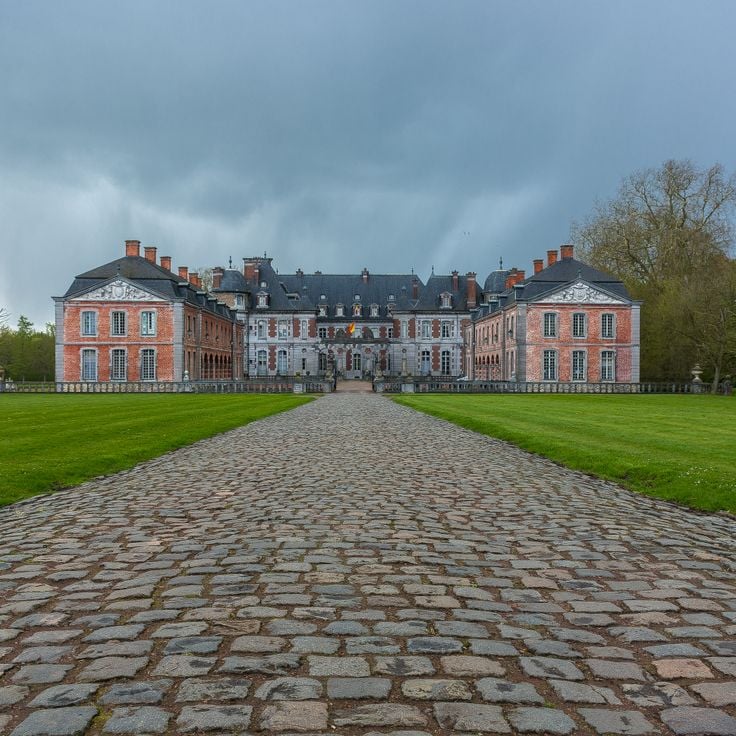
Beloeil, Belgium
This castle, with medieval origins, houses a library containing 20,000 volumes. The surrounding gardens cover 25 hectares and display geometric patterns, water features and formal plantings characteristic of classical garden design.